As you can see the actual 3D model is quite simple, but here are 3 things that help add realism to this scene:
1. Environment Lighting 💡
By far the best way to improve your render is with good lighting, and the easiest and most realistic way to do this is with an environmental sky texture (which doubles as a background in this scene). Not only will this add realistic lighting, but also reflections.
2. Roughness & Bump Textures ⛓
Another good way to add details to an otherwise simple model is by using bump and roughness maps in the materials. For example, the scratches on this model were done with a roughness texture, and the sci-fi panel details were done with bump maps.
3. Post Processing Effects 🌟
These are just extra effects applied to the image that help add some cool effects, such as the depth of field blur, glare on the light, and also a slight vignette effect (darkening on the corners of the image).
Obviously there are lots of other things you can do to add realism, and I didn't go in depth of how to use the above methods, but I hope this gives you some insight into the process! 😄



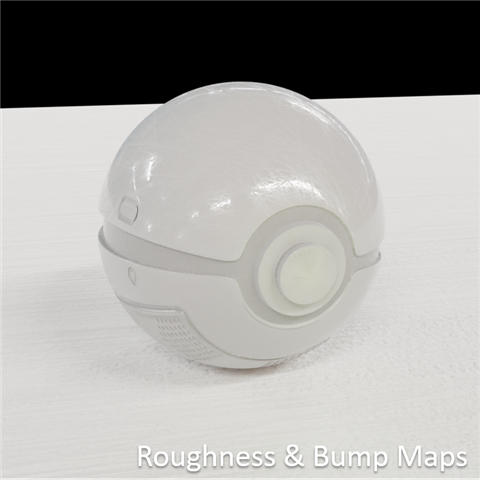
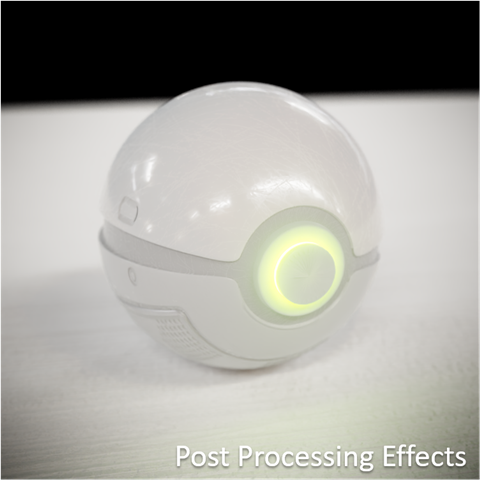
A few weeks ago I made this Poké Ball in #Blender, and I got a few comments saying how realistic it looks, so here’s some behind the scenes tips on how to make more realistic renders 👇
Next up
Made this retro ray gun in #Blender today! Never really done this style before, what do you think? 
Joltober prompt day 4: #Potion  For the Joltober prompt potion, I made what I think a #Minecraft brewing stand would look like in real life. What do you think?
For the Joltober prompt potion, I made what I think a #Minecraft brewing stand would look like in real life. What do you think? 
Your fellow Jolters are still hard at work making GREAT #GameJoltColors25 art!
There's still time for YOU to be part of it. Check your quest log to get started.
All artists are tagged below! 🔽
Here's more incredible art that Jolters made for #GameJoltColors25!
There's still time for YOU to enter!
Artists and posts linked 🔽
Busy making this door in #Blender for my game "What Was Found at Ravenhill"


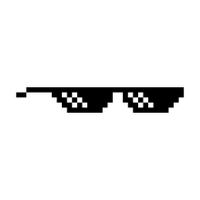










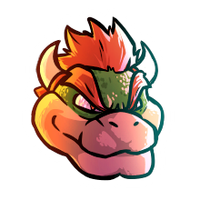

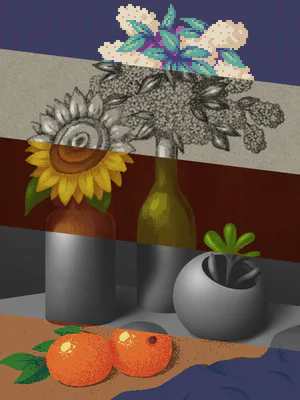
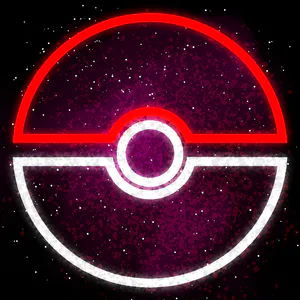



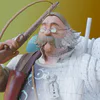

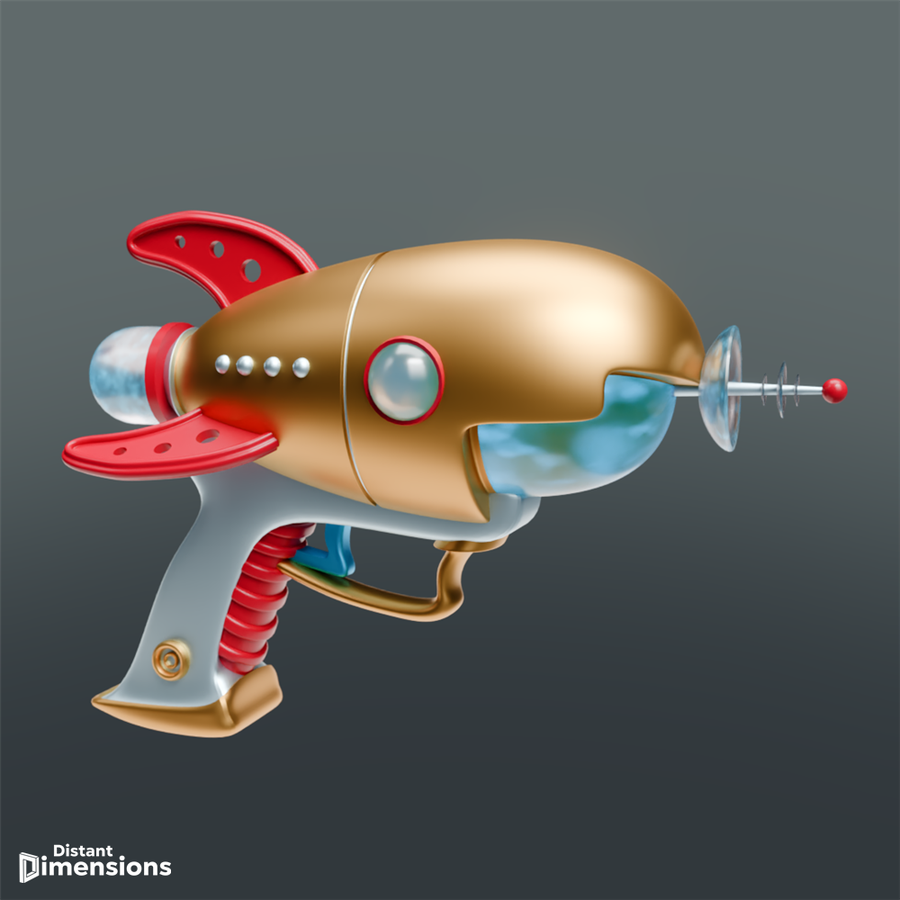




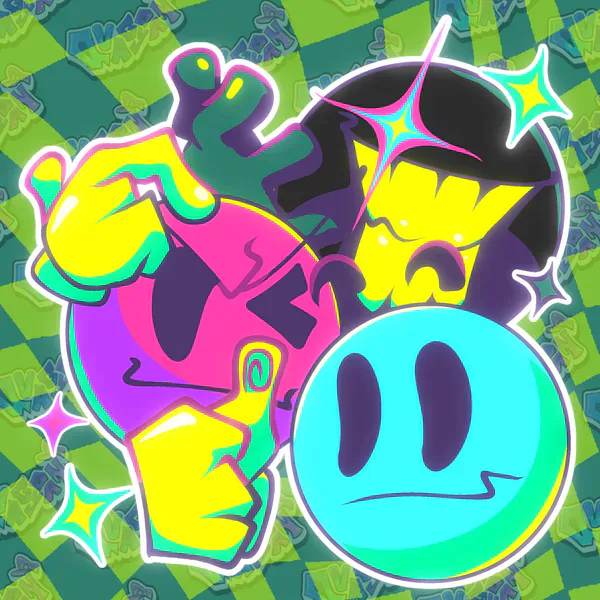
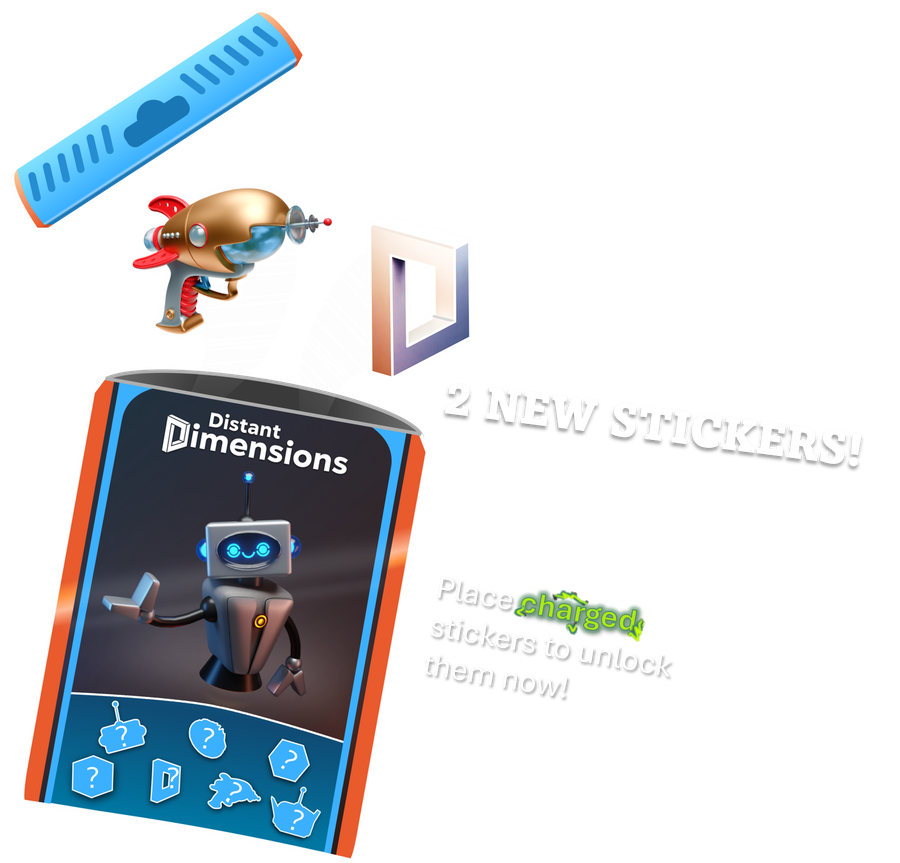

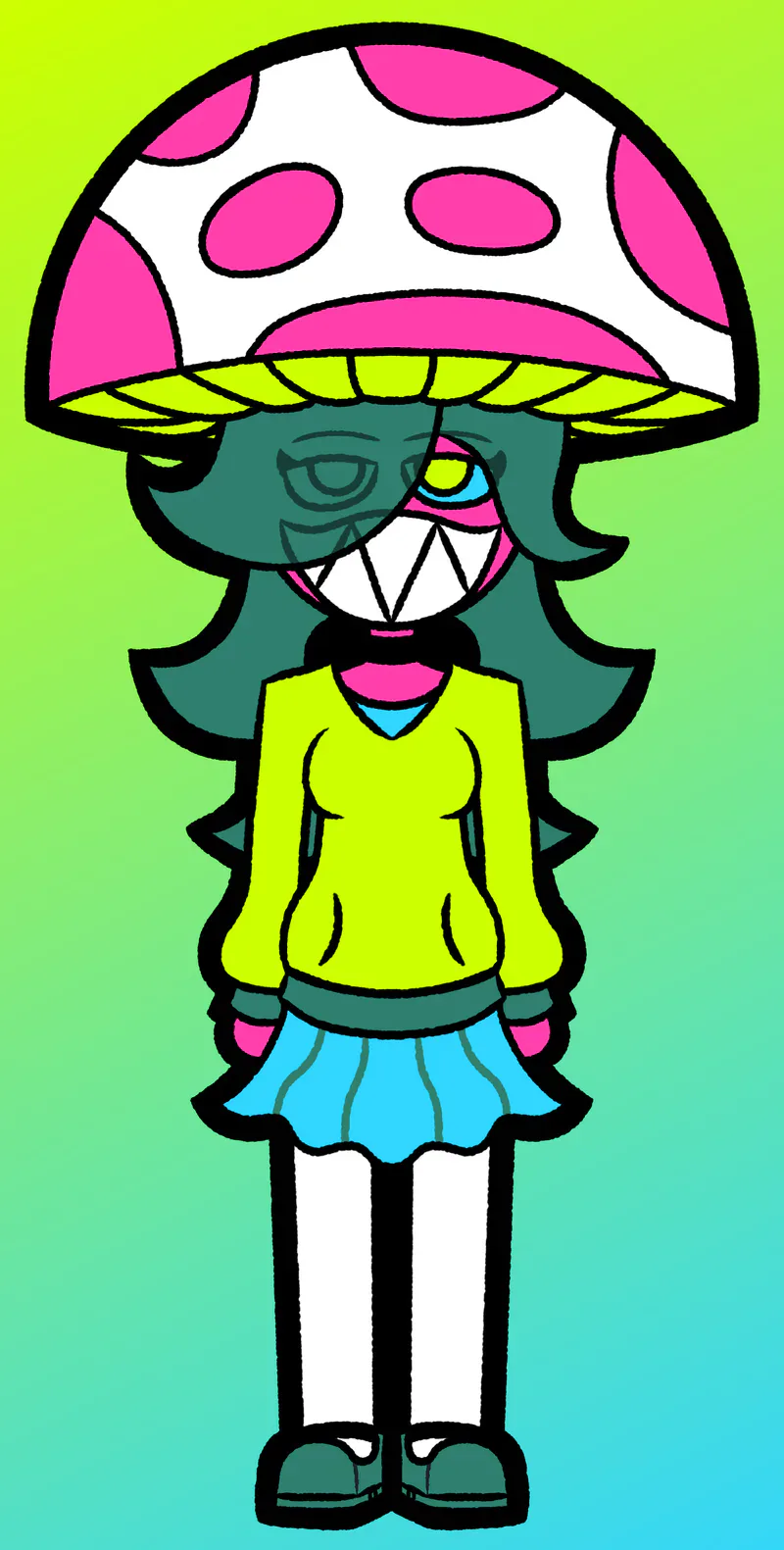
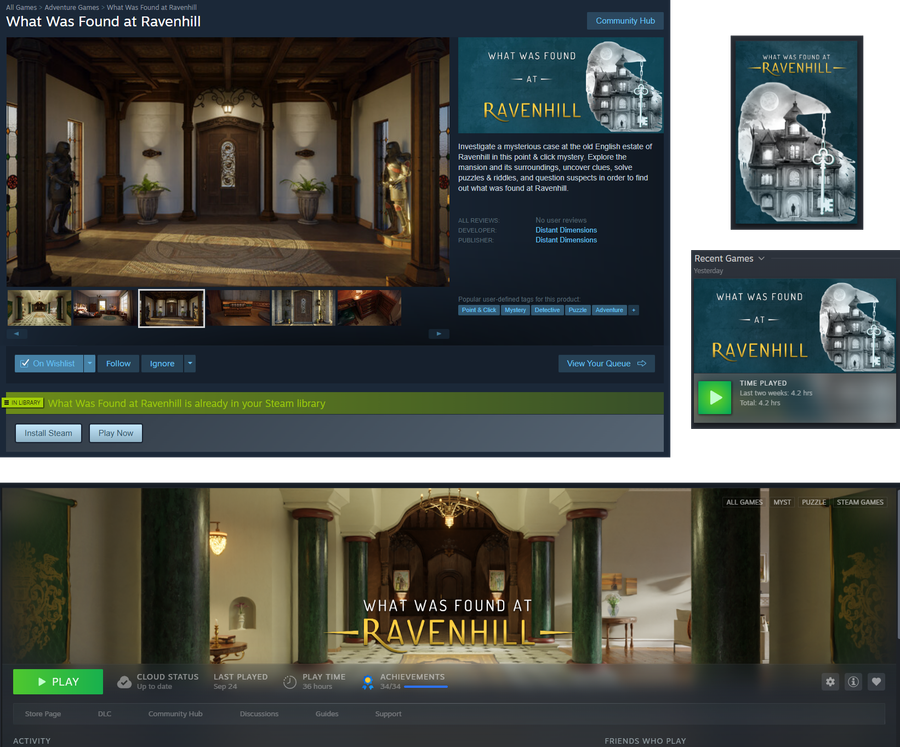

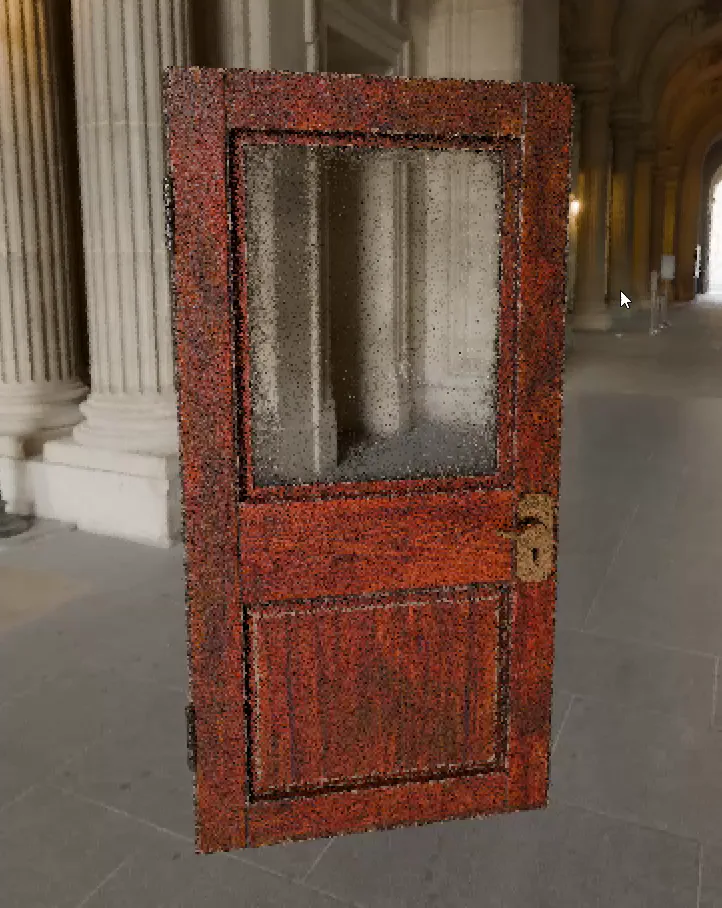
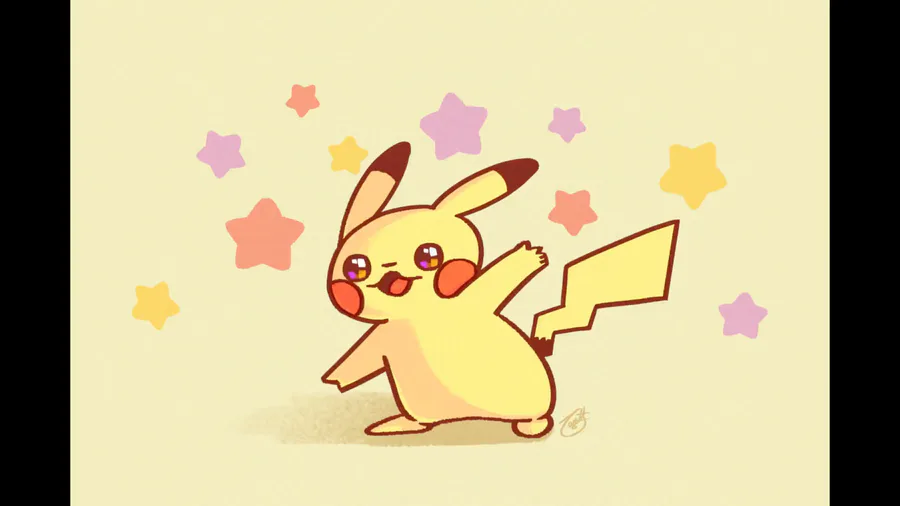







39 comments